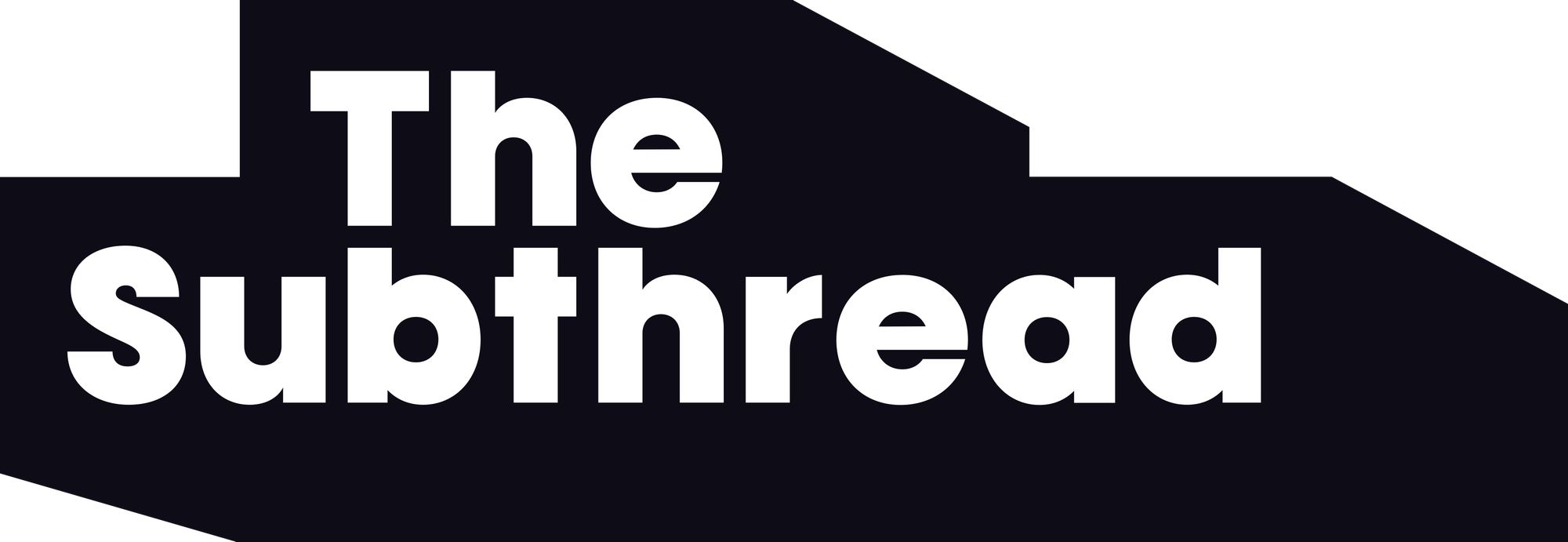Welcome to The Productivity Playbook – our running series on tools built to make us faster, sharper, and a little less drained at work. This week: Wispr Flow, a voice‑first AI assistant that transforms messy monologues into usable insights.
As always: this is an independent review, not a sponsored post.

Why It Matters
For many, productivity isn’t just about finishing tasks. It’s about being a better creator, capturing sparks when they hit and shaping them into something useful.
But most tools aren’t built for that. They’re dashboards, lists, or heavy systems that only work when you’re staring at a screen. Creativity doesn’t wait for that.
That’s why Wispr Flow stood out to me. It’s less of a “tool” and more of a quiet PA who jots down your thoughts – always listening, structuring, and helping you focus on what really matters.
My Own Use Cases
I’ve been living with Wispr Flow for the last two weeks, and here’s where it’s quietly changed the way I work:
- Daily notes: Each morning I speak out what I want to get done. Later, I refine those notes in ChatGPT into a plan. It’s like talking through the day with a partner, then tidying it up.













